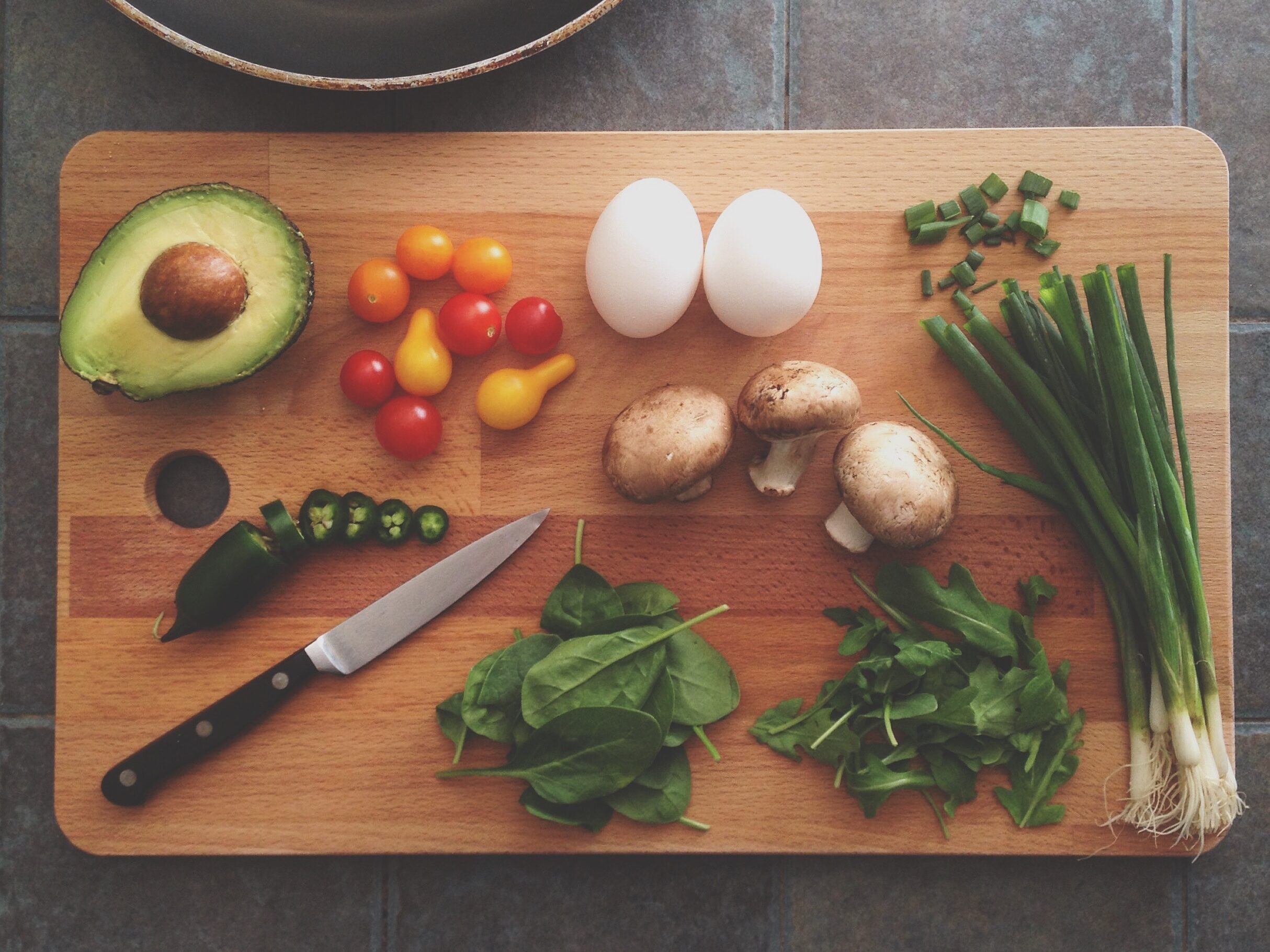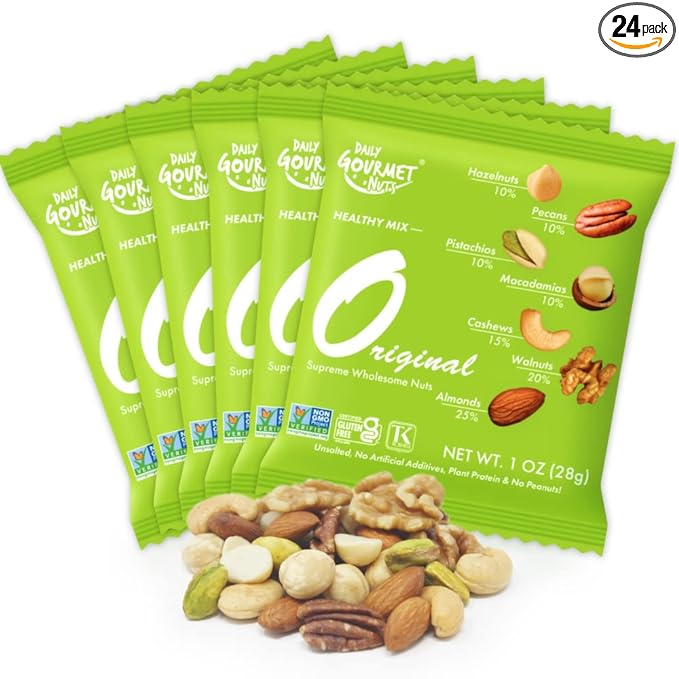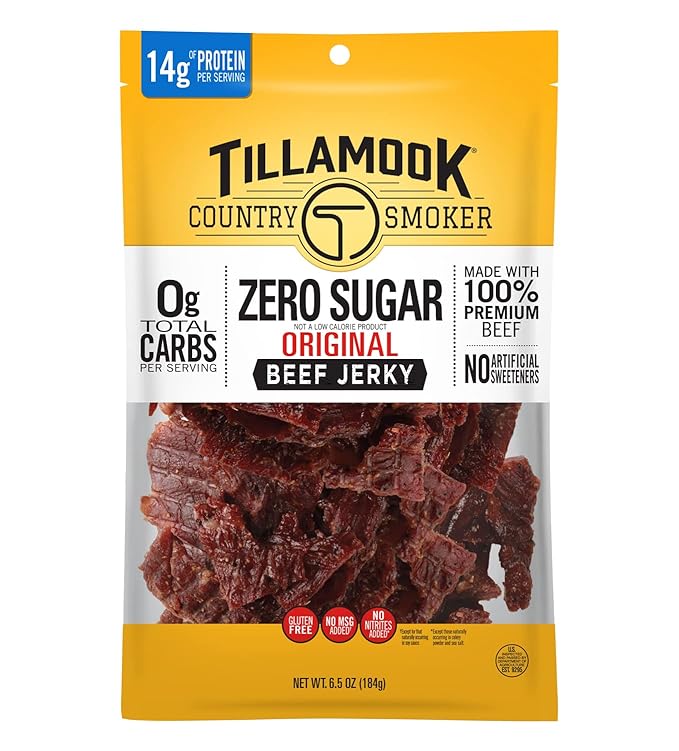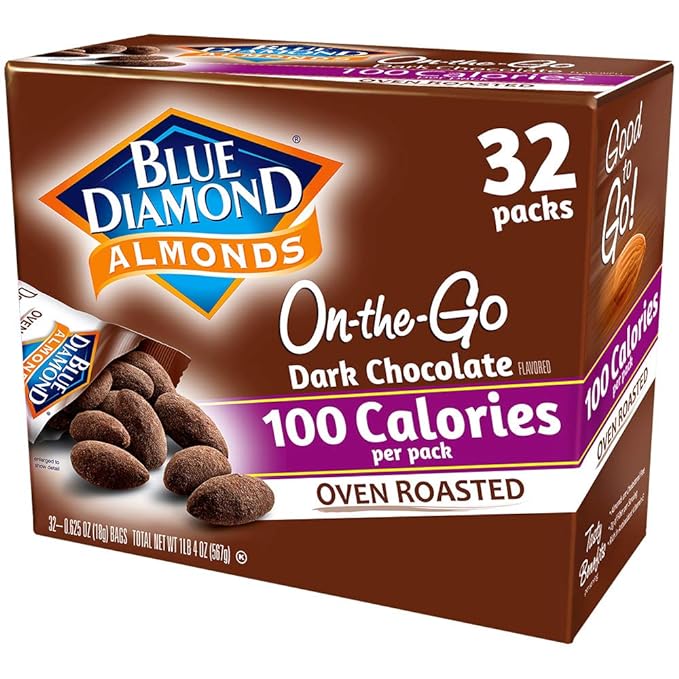The traditional three meals a day is being challenged globally as a new generation of eaters are opting for snacks rather than square meals. It’s called snackification, and it’s not a new concept, but more people are adopting it as their standard way of eating. Also called grazing, it fits more into the modern busy lifestyle of both professionals and families.
Most Americans are becoming snackified. In a poll conducted by SurveyGo, half of those surveyed are said to replace a meal with a snack approximately four times per week, while 26% snackify meals up to seven times a week. As consumers spend more time outside of the house, they are replacing whole meals with smaller and more frequent meals. In fact, 48% of millennials eat snacks at work and 34% in the car.
While most people may assume snackification may be unhealthy, younger consumers like millennials are opting for whole grain and high protein snacks. These include grab-and-go yogurts; fruit and nut bars; vegetable and bean snacks; and portable dips and blender-style packaged drinks. According to Nielson, a global consumer trend data analytics company, on-the-go produce snacking is a billion-dollar industry and growing. Food Business News reports that snacks have seen a 16% growth over the next decade.
What is snackification?
Snackification means choosing larger-sized snacks over sit down meals in the mornings and afternoons—often smaller versions of regular meals. A typical schedule may be to eat a small snack right after waking up and again at 10 a.m. Your “lunch” would be a larger snack around 11:30 a.m. and then again at 3 p.m. with a final, larger snack at 7 p.m. This schedule may vary depending on how early you wake up or how late you go to bed.
While there may be some more typical snacking schedules, the attraction to snackification for many is the ability to eat whenever you want as long as you restrict it to smaller meals. To keep your diet healthy, stick to the types of foods already mentioned like fruits, vegetables, whole grain and low-fat dairy snacks.
Some great ideas include bean chips with dips like hummus or guacamole, vegetable soup with whole grain crackers, or healthy Bento-style box snacks filled with items like apple slices with nut butter or dried snap peas with low-fat ranch dressing. Try wrapping low-fat protein like turkey or chicken in large lettuce leaves or high-fiber tortillas. Hard-boiled eggs can be paired with turkey bacon and avocado for a deconstructed Cobb salad.
We have all heard that breakfast is the most important meal of the day, and snackification means reframing that first meal of the day. Many people have less time to devote to their day to prepare a healthy breakfast for themselves and their families. So the likelihood is that a filling snack would be a better bet nutritionally as long as you stick to the right ingredients. Instead of a sugary cereal or pop tarts, a healthy breakfast snack can be found in smoothies or high-fiber snack bars and breakfast biscuits.
If you’re ready to begin snackification, the most important thing to remember is that you are achieving fullness and satiety by choosing real and healthy food that’s loaded with dense nutrition and natural color. Avoid the urge to turn to fatty snacks like potato chips, candy or high-fat dairy.
Healthy Snack Ideas
Here are some whole-food options with a lot of protein and nutrients, which can even help keep you full throughout the day and limit your cravings for unhealthy foods.
- Mixed Nuts
- Red bell pepper with guacamole
- Greek yogurt and mixed berries
- Edamame
- Cottage cheese with flax seeds and cinnamon
- Celery sticks with low-fat cream cheese Kale chips
- Dark chocolate almonds
- Healthy beef jerky
- Cherry tomatoes with mozzarella
Add these to your next Amazon purchase:
Related articles
Discover a Cornucopia of Fall Foods
How Safe and Healthy is Our Food?
Food Journaling: Why You Should Try It




